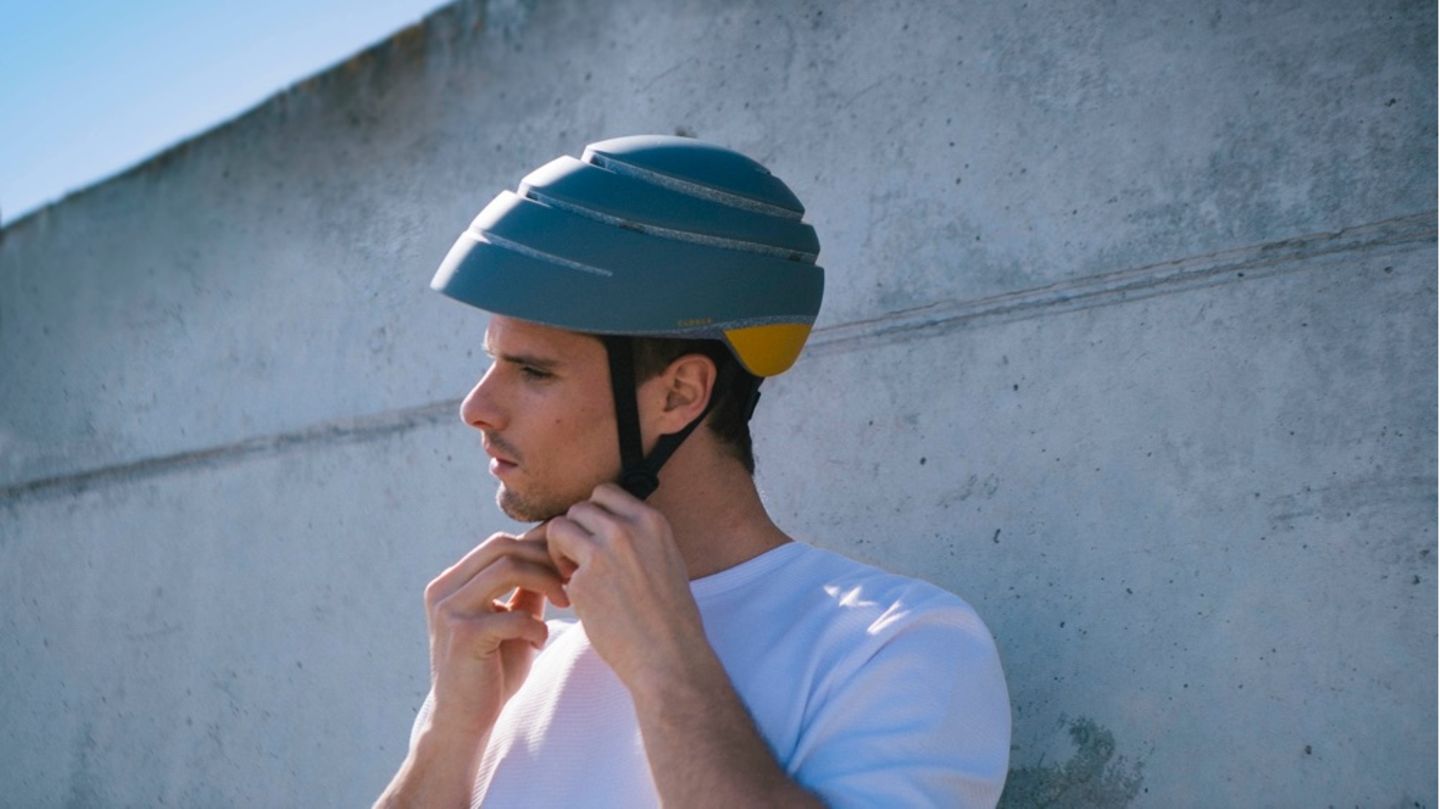Image: FETHI BELAID (AFP)
More migrants are currently coming to Italy than they have been in years. The number of arrivals is now as high as before the coronavirus pandemic and in some cases even higher than at the peak of the refugee crisis in 2015/16. In July 2023 alone, 23,638 migrants arrived in Italy, according to the Ministry of the Interior in Rome on its website.
For comparison: In July 2015 there were 22,846 arrivals, in 2016 23,552. The comparison of the first seven months is also similar: up to and including July, 88,940 migrants arrived in Italy this year, in 2015 there were 93,540 in the same period and then 93,774 in 2016. Experts expect that the threshold of 200,000 arrivals will be exceeded by the end of this year.
Almost all migrants use the central Mediterranean route. Most of the migrants who arrived came from Côte d’Ivoire (Ivory Coast), Guinea and Tunisia. The EU border protection agency Frontex expects that the increased migratory pressure on this route will continue in the coming months. Frontex cited “tough competition” from criminal groups that offer migrants lower prices as the reason.
Overloaded bearings
In view of the high number of arrivals, the warehouses in Italy are completely overloaded. In the refugee camp on the southern Italian island of Lampedusa there were 4,267 people on Saturday, ten times the official capacity.
In view of the sharp increase in the number of refugees, the Italian right-wing government is working on a so-called security decree with measures for the faster repatriation of those people who have attracted attention through “violent or dangerous behavior”. Prime Minister Giorgia Meloni’s government also wants to set up centers in each of Italy’s 20 regions to hold migrants pending their return.
To facilitate returns, the government has started building facilities to identify refugees who have arrived. According to Interior Minister Matteo Piantedosi, the first facility will go into operation on September 1st in the Sicilian port of Pozzallo.
On other escape routes into the European Union, such as those via the Western Balkans, there was a decrease in irregular border crossings this year. After signing a cooperation agreement with Europol, Bosnia-Herzegovina is now aiming to sign a status agreement with the EU border protection agency Frontex. This was announced by Security Minister Nenad Nesic on Tuesday after a working meeting with Austria’s Interior Minister Gerhard Karner (VP) in Vienna.
Since 2019, Frontex had concluded status agreements with all Western Balkan countries (with the exception of Kosovo, which is not recognized by all EU countries) and with the Republic of Moldova, which allow Frontex operations on the respective national territory by mutual agreement.
Source: Nachrichten




